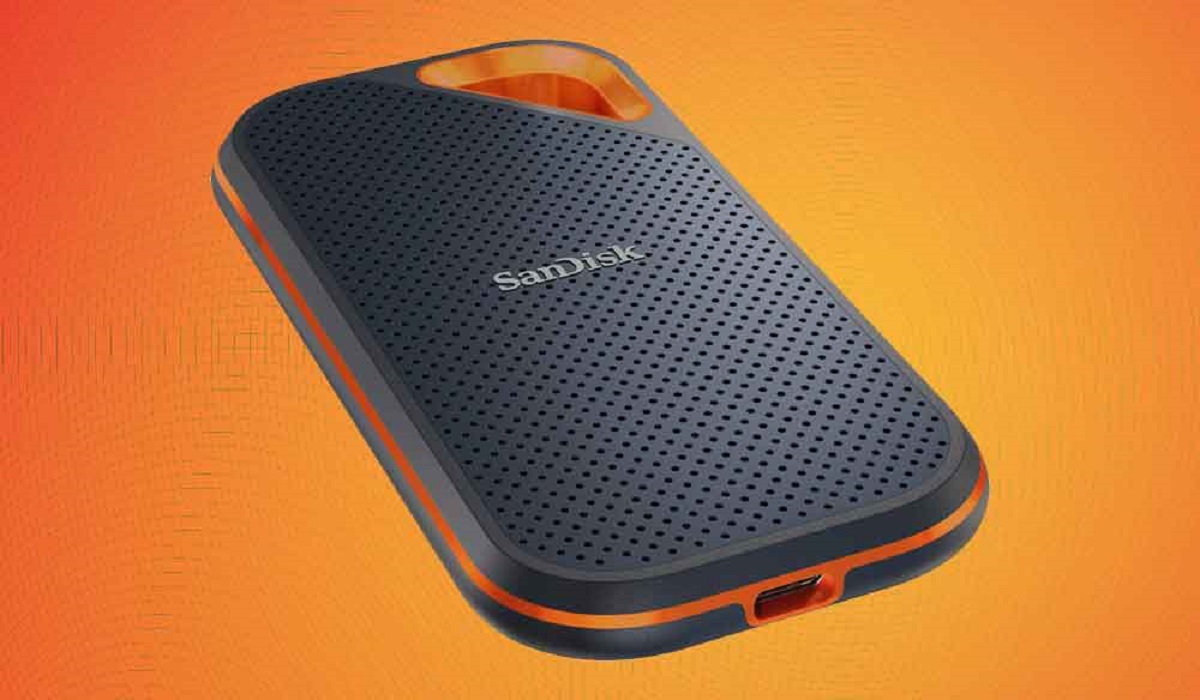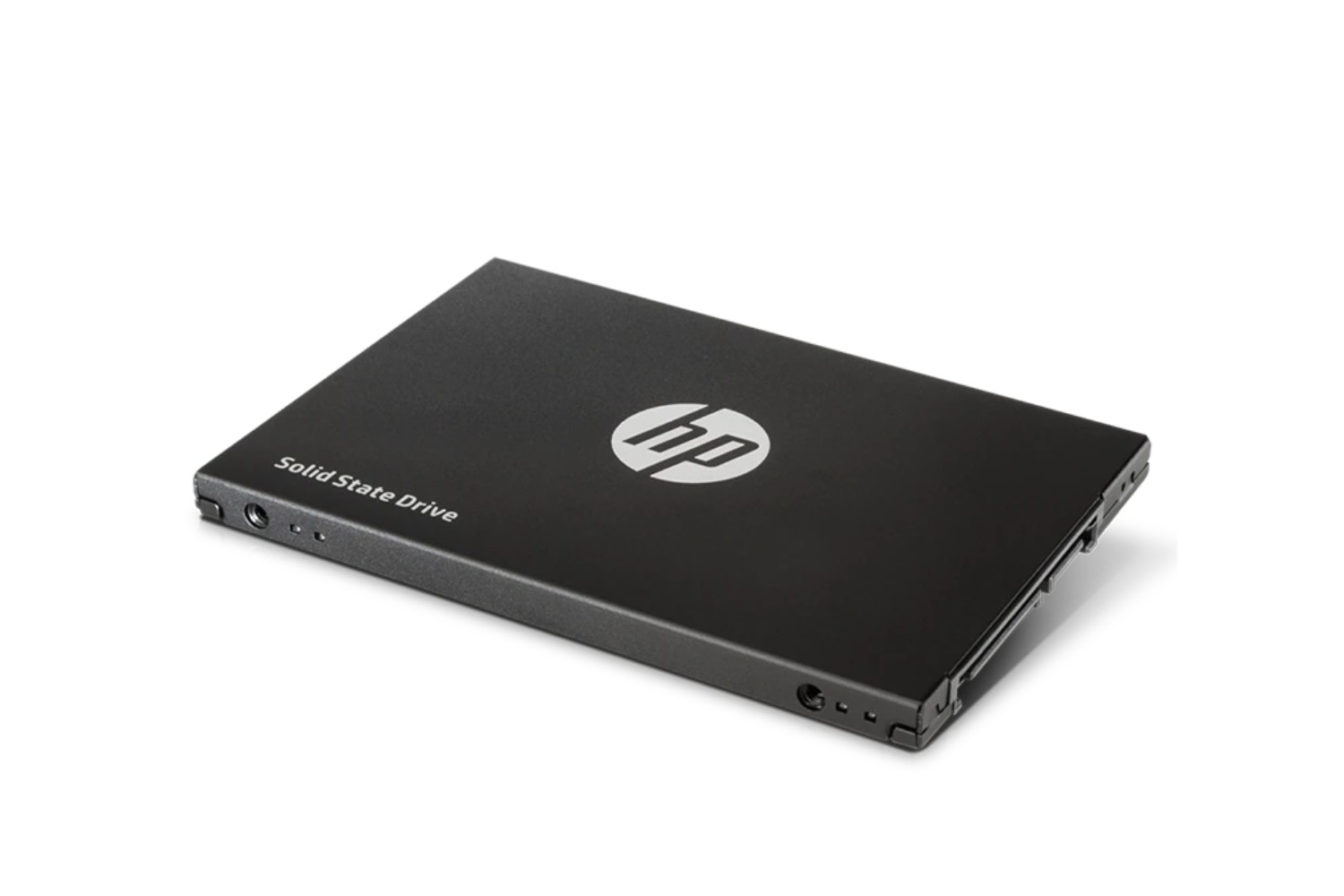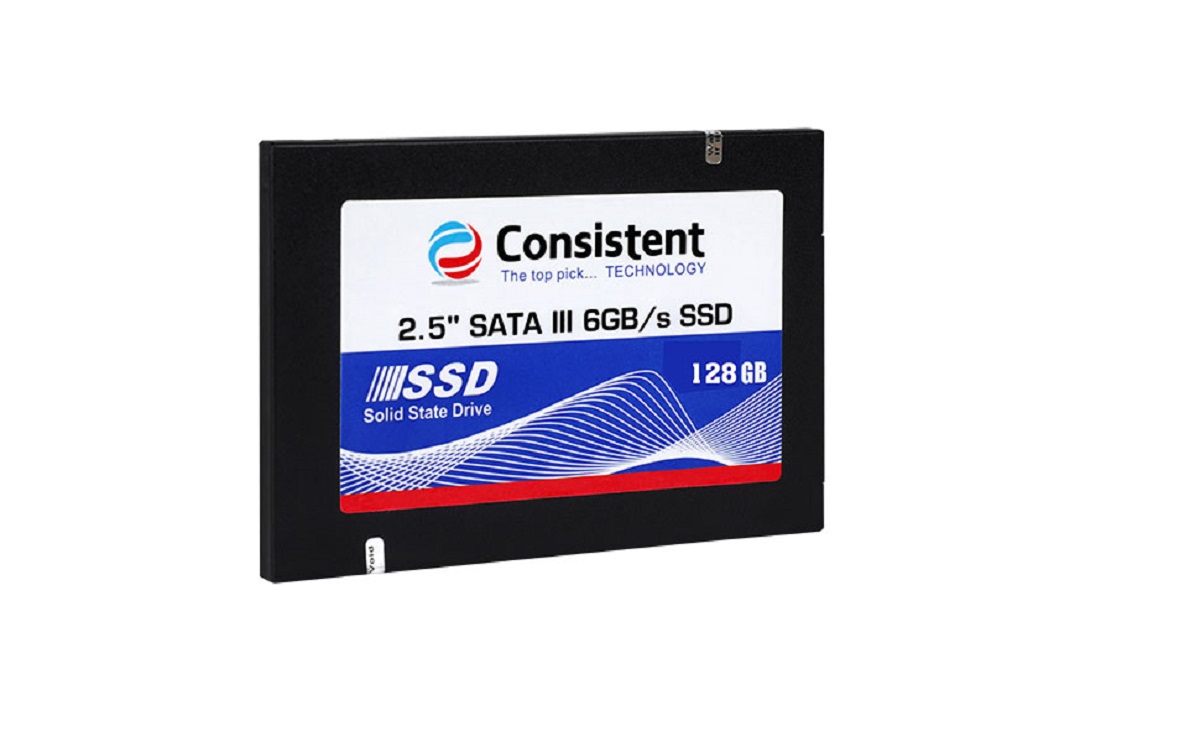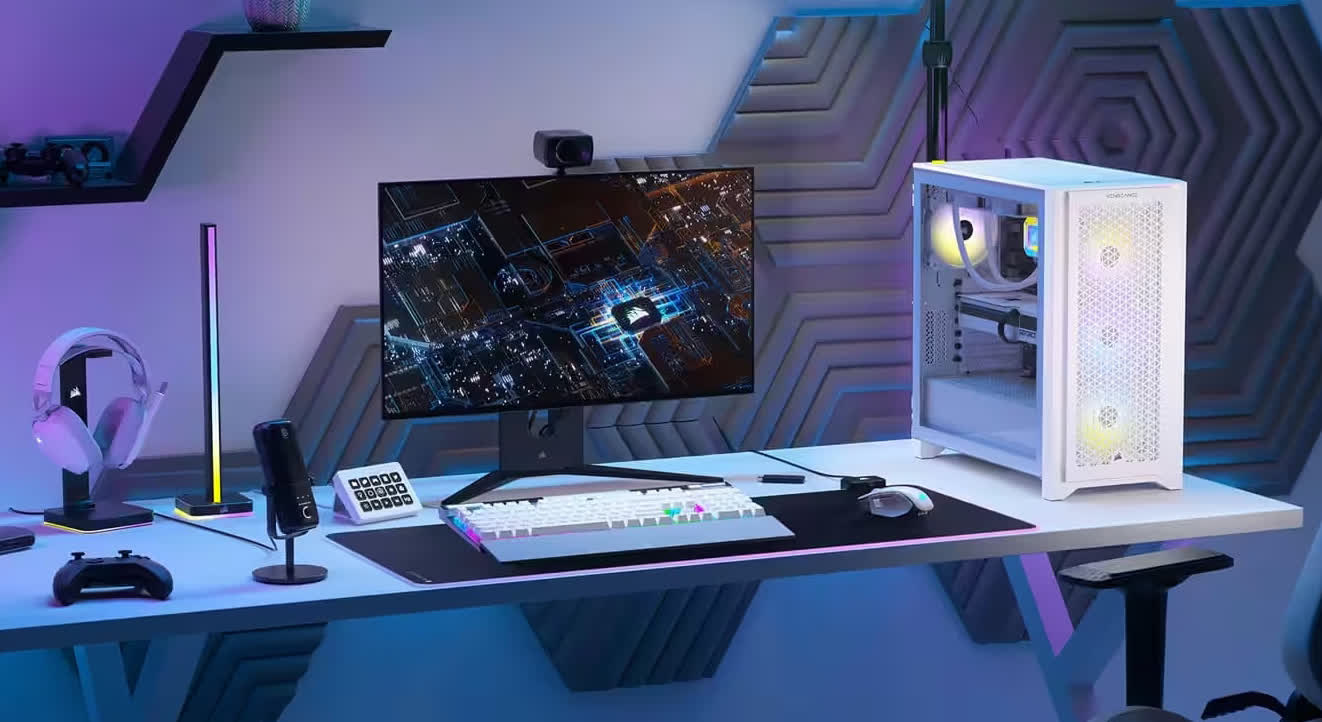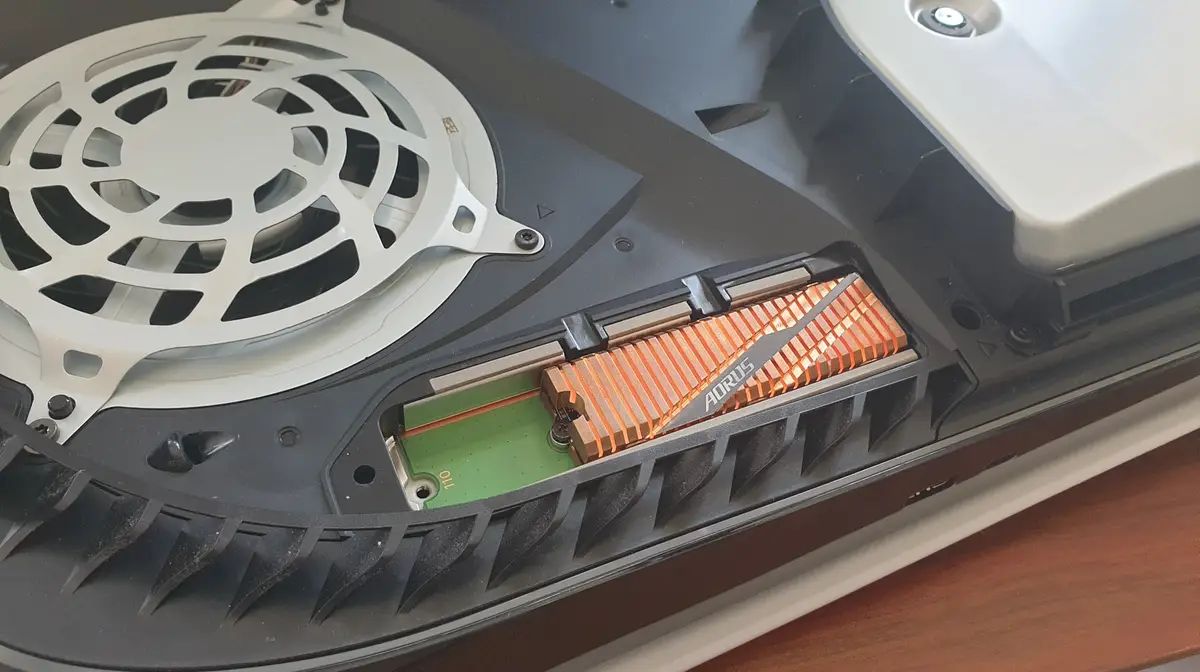Introduction
When it comes to upgrading or purchasing a solid state drive (SSD), one of the key considerations is determining the appropriate size for your needs. Deciding on the right SSD capacity can be crucial for both performance and cost-effectiveness.
An SSD serves as a storage solution for your files, operating system, and applications, replacing traditional mechanical hard drives with a faster, more efficient alternative. While SSDs offer many benefits such as improved speed and reliability, the available storage capacity varies depending on the size of the drive.
Choosing the right SSD size involves assessing your storage requirements, considering various factors such as the types of files you regularly use, the number of applications you run, and your budget. It’s important to strike a balance between having enough storage capacity to meet your needs and avoiding overspending on excessive capacity that you may not fully utilize.
In this article, we will explore the factors you should consider when determining the size of an SSD, the common SSD sizes available, and provide tips on how to estimate the amount of storage you require. By the end of this article, you will have a clear understanding of how to choose the right SSD size that best fits your needs.
Factors to consider when determining the size of a solid state drive (SSD)
When selecting the size of a solid state drive (SSD), there are several key factors that you should consider to ensure that you choose the optimal capacity for your specific needs. These factors include:
- Usage and File Types: Consider the types of files you frequently work with. Are you primarily dealing with large media files such as videos and high-resolution photos, or are you mainly using text-based documents and spreadsheets? Larger files require more storage space, so if you regularly work with resource-intensive files, you may need a larger SSD.
- Operating System and Applications: Take into account the size of your operating system and the applications you use. Operating systems and applications can consume a significant amount of storage space, especially with frequent updates. If you run resource-intensive software or have a large number of applications installed, you may need a larger SSD to accommodate them.
- Future Expansion: Consider your future storage needs. If you anticipate that your storage requirements will increase in the coming years due to growing file sizes or new projects, it may be wise to choose a larger SSD. This can help future-proof your system and avoid the need for frequent upgrades.
- Cost: Price is an important consideration when choosing the size of an SSD. SSDs with larger capacities tend to be more expensive. Evaluate your budget and find the balance between the storage capacity you require and the cost you’re willing to pay.
- Data Backup and Cloud Storage: If you regularly back up your data or use cloud storage services, you may need less local storage. Storing data externally can help free up space on your SSD.
By considering these factors, you can make an informed decision about the size of SSD that best suits your needs. It’s important to find the right balance between having enough storage to accommodate your current and future needs, while also considering your budget and the cost of larger SSDs.
SSD sizes and their use cases
Solid state drives (SSDs) come in various sizes, each catering to different use cases and storage needs. Understanding the different SSD sizes can help you determine which one is most suitable for your specific requirements. Let’s explore the common SSD sizes and their typical use cases:
- 120GB to 250GB: SSDs in this range are considered entry-level and are suitable for users with basic computing needs. These smaller SSDs are ideal for tasks such as web browsing, word processing, and light multimedia consumption. They offer a significant improvement in speed compared to traditional hard drives, making your system more responsive.
- 500GB to 1TB: SSDs in this capacity range are commonly used by everyday users who require a balance of storage space and performance. With 500GB to 1TB, you have ample room to store your essential files, applications, and games without feeling constrained. This range is suitable for most users, offering a good combination of capacity and affordability.
- 2TB to 4TB: These larger SSD sizes are geared towards power users, creative professionals, and gamers who require substantial storage space for large files, multimedia projects, and resource-intensive applications. They provide plenty of room for high-resolution videos, extensive photo libraries, and advanced software, ensuring smooth performance without compromising on capacity.
- 8TB and above: SSDs with capacities of 8TB or higher are considered enterprise-grade drives targeting professional environments that demand immense storage capacity. These drives are typically utilized in data centers, server farms, and other high-performance computing environments. They offer substantial storage space for handling massive amounts of data and are designed to meet the demands of demanding applications.
It’s important to note that the specific use cases and storage requirements may vary from person to person. While these general guidelines can help you make an informed decision, it’s recommended to assess your individual needs and consider the specific requirements of your tasks before selecting the appropriate SSD size.
Common SSD sizes and their capacities
Solid state drives (SSDs) are available in a range of sizes and capacities, each serving specific storage needs. Let’s take a look at some of the common SSD sizes and their corresponding storage capacities:
- 120GB: This size is suitable for basic tasks and light usage. It offers enough space for the operating system, essential applications, and a limited number of files.
- 240GB to 256GB: SSDs in this range provide slightly more storage capacity, allowing for additional applications and files. They are also considered entry-level consumer drives.
- 480GB to 512GB: With these sizes, you have a decent amount of storage for a wider range of applications, games, and multimedia files. They strike a good balance between capacity and affordability.
- 1TB: A 1TB SSD is suitable for general computing usage and is commonly chosen by everyday users who require ample storage space. It can store a significant amount of files, software, and multimedia content.
- 2TB: For power users, creative professionals, or anyone with demanding storage needs, a 2TB SSD provides ample space for storing large multimedia projects, extensive libraries, and resource-intensive applications.
- 4TB: SSDs in this range are typically found in high-end systems or used for specialized purposes. They offer a substantial amount of storage for professionals working with large files, such as video editing or data-intensive applications.
- 8TB and above: These high-capacity SSDs are designed for enterprise and data center applications that require massive amounts of storage, such as server farms, cloud storage providers, and other data-intensive environments.
It’s important to note that these capacities are approximate and can vary slightly between different SSD models and manufacturers. When choosing the size and capacity of your SSD, consider your specific storage requirements and the types of files and applications you intend to store on the drive.
How to estimate the amount of storage you need
Estimating the amount of storage you need for your solid state drive (SSD) involves considering various factors and evaluating your specific usage patterns. By following these steps, you can better determine the appropriate storage capacity for your needs:
- Analyze your current storage: Take a look at your existing storage devices, such as hard drives or SSDs, and examine how much space you are currently using. This will give you a baseline understanding of your storage requirements.
- Identify your primary file types: Determine the types of files that you frequently work with or need to store. Are you primarily dealing with documents, photos, videos, or large software files? Each file type consumes a specific amount of storage space.
- Assess your usage patterns: Consider your daily activities and how you use your computer. Are you a casual user who mainly engages in web browsing and document editing, or do you engage in resource-intensive tasks such as video editing or gaming? Resource-intensive tasks require more storage space.
- Predict future storage needs: Consider any upcoming projects or tasks that may require additional storage space. Do you have plans to work on larger multimedia projects, install memory-intensive applications, or expand your digital media library? Anticipating future storage needs can help you avoid running out of space down the line.
- Account for system requirements: Take into account the storage requirements of your operating system and software applications. Ensure that you have enough space to accommodate future updates and new programs.
- Consider cloud storage and external devices: If you regularly utilize cloud storage services or have external storage devices, you can offload some files to these platforms, reducing the amount of local storage required on your SSD.
By going through these steps, you can estimate the amount of storage space you need for your SSD more accurately. It’s important to be realistic about your requirements and strike a balance between having enough storage for your current and anticipated needs and staying within your budget.
Tips for choosing the right SSD size
Choosing the right size for your solid state drive (SSD) involves careful consideration of various factors. Here are some tips to help you make an informed decision:
- Assess your storage needs: Evaluate your current and anticipated future storage requirements. Consider the types of files you work with, the number of applications you use, and any upcoming projects that may require additional space.
- Balance capacity and budget: Determine the amount of storage capacity you truly need, taking into account your budget. It’s important to strike a balance between having enough space and avoiding overspending on excessive capacity that you may not fully utilize.
- Consider future expansion: If you expect your storage needs to increase over time, it may be wise to choose a larger SSD to accommodate future growth. This can help you avoid the need for frequent upgrades and ensure that your system remains future-proof.
- Think about file management: Consider your file management practices. If you regularly delete or move files to external storage or cloud services, you may require less local storage on your SSD.
- Plan for operating system and software: Take into account the storage requirements of your operating system and software applications. Ensure that you have enough space not only for the current versions but also for future updates and installations.
- Read reviews and seek expert advice: Before making a final decision, read reviews of different SSD models and consult experts or online communities for recommendations. This can provide valuable insights and help you make an informed choice.
- Consider the possibility of external storage: If you find it challenging to determine the exact size you need, consider the option of utilizing external storage devices or cloud solutions. This can provide additional flexibility for storing files without requiring a larger SSD.
Remember, choosing the right SSD size is a personal decision based on your specific needs, budget, and usage patterns. By considering these tips and evaluating your requirements, you can select an SSD size that provides optimal storage capacity while also fitting your budget and future expansion plans.
Conclusion
Choosing the right size for your solid state drive (SSD) is a crucial decision that directly impacts your storage needs, system performance, and budget. By considering factors such as your usage patterns, file types, anticipated future needs, and budget constraints, you can make an informed choice that aligns with your requirements.
When determining the size of your SSD, it’s essential to strike a balance between having enough storage capacity to accommodate your current and future needs, without overspending on excessive capacity that may go underutilized. Assessing your specific usage patterns, considering the types of files you work with, and evaluating the storage requirements of your operating system and applications are critical steps in estimating the amount of storage you need.
Remember to consider future expansion and plan for upcoming projects or tasks that may require additional space. Cloud storage and external devices can also serve as supplementary storage solutions, reducing the demand for local SSD storage.
Lastly, read reviews and seek expert advice when choosing an SSD size. Understanding the experiences of other users and consulting with knowledgeable individuals can provide valuable insights and help you make an informed decision.
By following these guidelines and considering your personal needs, you can confidently choose the right size SSD that strikes the perfect balance between storage capacity, performance, and budget, ensuring a seamless and efficient computing experience.










